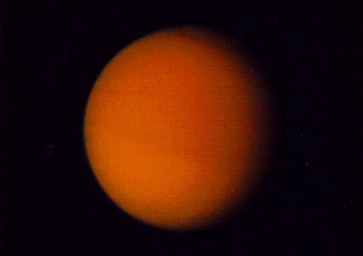
Titan is a constant point of interest and scientists find out more fascinating things about this moon of Saturn almost every week. By analyzing images from NASA’s Cassini Radar instrument, a Brigham Young University professor helped discover and analyze mountains on Saturn’s largest moon, additional evidence that it has some of the most earthlike processes of any celestial body in the solar system.
It has already been found out that in resembles our planet in a number of ways but this was a bit surprising as the mountains are made of water ice which means they erode fast. This has an impact over their height which is not impressive to say the least; they have at most 2 km (1.25 mi) from the base to the peak.
Planetary scientist Jani Radebaugh is lead author of the discovery paper in the December issue of the astronomy journal Icarus. The discovery of mountains on Titan grew out of Radebaugh’s collaboration with a research team that recently found sand dunes and methane lakes on Titan.
“Dr. Radebaugh’s work represents an important advance in our understanding of that icy moon and the Earth,” said Dr. Jason Barnes, a research scientist at the NASA Ames Research Center. “Her discovery tells us about the mountain-building process in general and about Titan’s crust in particular.”
Studying Titan can give us some clues about our planet and we could use it as a huge laboratory in which results from the two places could be compared and this would be a huge leap forward in understanding how we evolved and how life itself evolved here.
“We still don’t understand exactly how life began on Earth, so if we can understand how the fundamentals of these processes may be starting in some laboratory like Titan, it will help us understand the Earth a lot better,” Radebaugh said.









